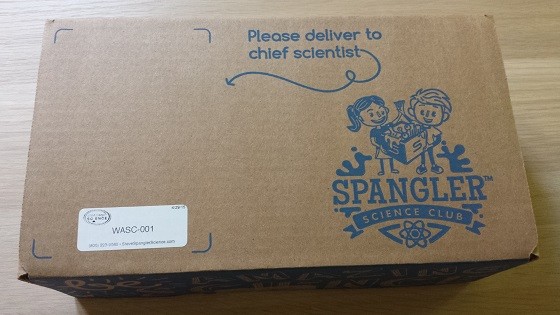
Spangler Science Club is a subscription service for children ages 5 and up (K-6) that provides monthly hands-on science experiments for parents and children to explore together. The experiments are designed by Steve Spangler, science teacher, author, and television personality most famous for his Mentos Geyser Experiment. Fun!
This box was sent to us for review purposes. (Check out the review process post to learn more about how we review boxes). Spangler Science Club sent us two sample boxes to review, so please note that your boxes may be different.
The Subscription: Spangler Science Club
The Cost: $29.99 per month, with discounts available for longer subscriptions
The Products: Everything needed for 12+ experiments, activities, and design challenges, integrating STEM for children ages 5 and up
Ships to: US only
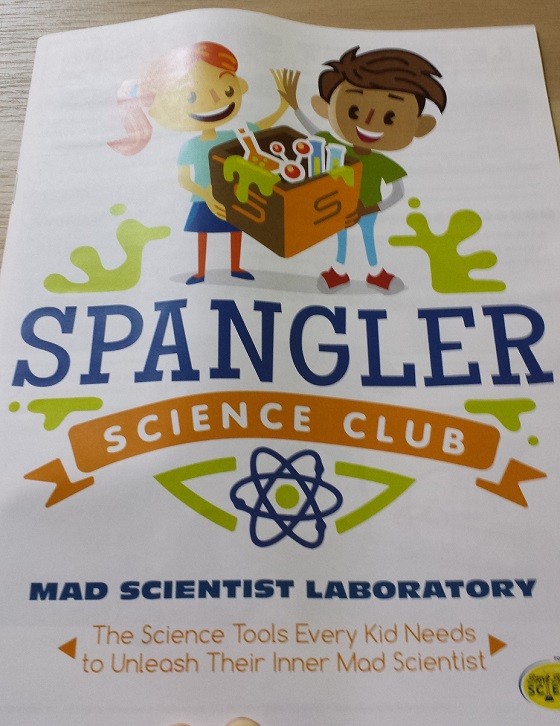
This month's theme is Mad Scientist Laboratory! It's all about working with color! This is the workbook that comes with the monthly subscription. It's impressively hefty and absolutely packed with instructions and ideas. I can only cover a few activities in this review, but there are easily 12 or more with all required supplies included!
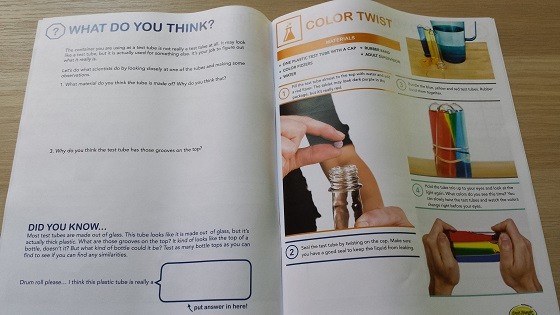
This is a peek inside the workbook. It's pretty high quality for this type of manual, and the photography is extremely helpful.
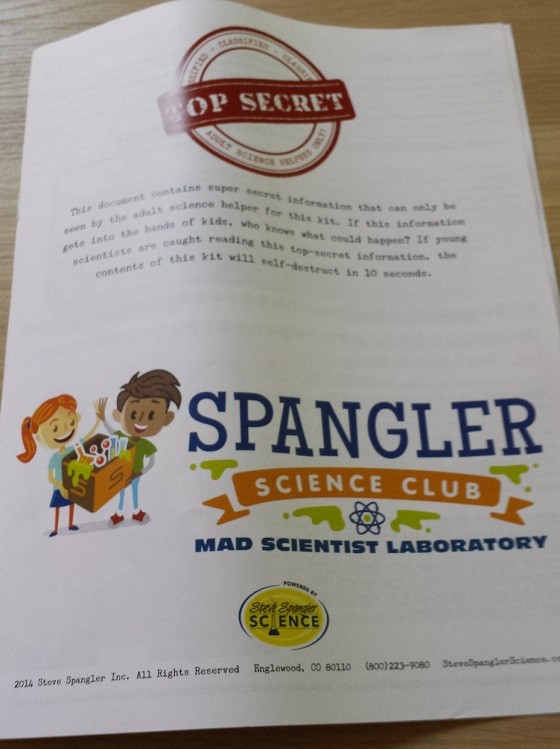
This is the manual for the adult helper. It's packed full of useful information, and it's really nice to have a guide to help you explain the science behind the activities with a little more detail. But again, I say: If you don't want a child to read something, don't mark it "TOP SECRET."
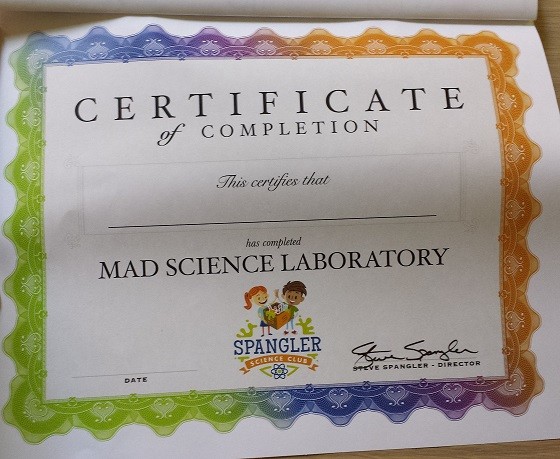
In the back of the workbook is a certificate you can present your child when they have completed all the activities. What a nice touch!
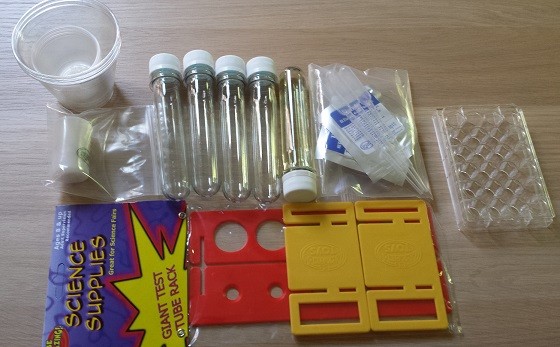
These are all the supplies that were included. This month we only had to supply some paper towels, water, and vegetable oil.
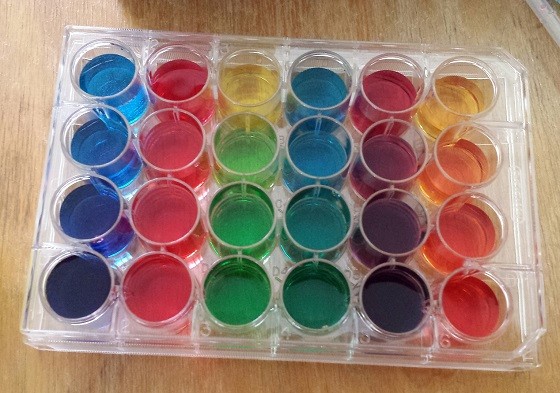
Look at how pretty this is! And this is only an intermediate step. My nine-year-old son and I went through with our pipettes and created 24 different colors in these little vials.
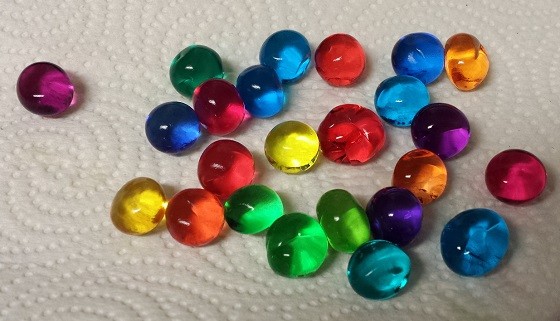
2 hours later, we had 24 little jellies of all different colors! So pretty! I just wish there was some way to harden them and keep them forever.
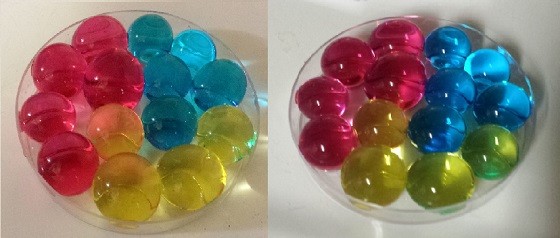
Another little experiment we did was to create some red, blue, and yellow jellies, put them in a pitri dish together, and then observe what happens over 24 hours. I think the colors were supposed to run together or mix somehow, but ours didn't. I guess we made a mistake?
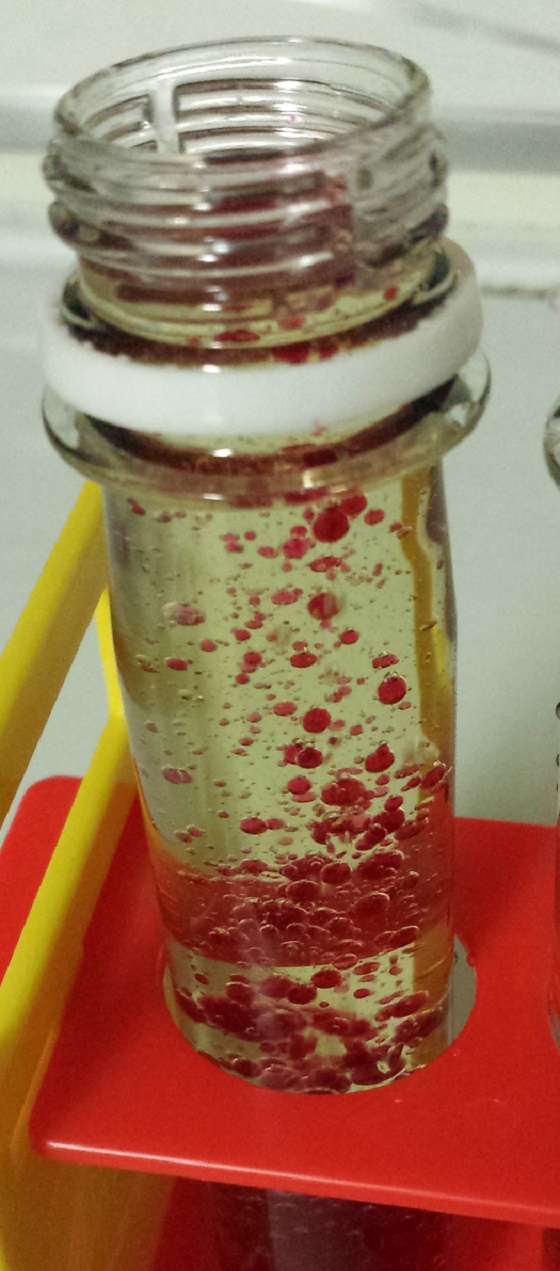
This was my favorite experiment because it actually taught my son something he didn't know much about - weights of liquids and gasses (whereas he's fully versed on color mixing already). We put a little water in some oil and then threw in a water-soluble color fizzy tablet. The color mixed with the water at the bottom, but the air had to rise through the oil to escape, so it made this awesome color bubbling effect! Very cool! In the next step, my son will do this to four other colors.
The verdict: This box was really fun! This was our second box from Spangler, and we enjoyed ourselves with both boxes, plus learned a little something. My only issue with this box, generally speaking, is that I don't think it's really appropriate for ages 5 and up. I think the minimum age would be better around age 7. For a five-year-old, I think the adult would have to do everything for them, plus explain everything. I don't think their reading and writing would be sufficient to fill in the notebook. I would also be fairly sure that the minute I turned my back they would shove the jellies up their nose. For a nine-year-old, though, it's a great experience!
What do you think of Spangler Science Club?





Please do not enter your email address in the Name field or in the comment content. Your email address will not be published. Required fields are marked *. Remember to post with kindness and respect. Comments with offensive language, cruelness to others, etc will not be approved. See our full comment policy here.